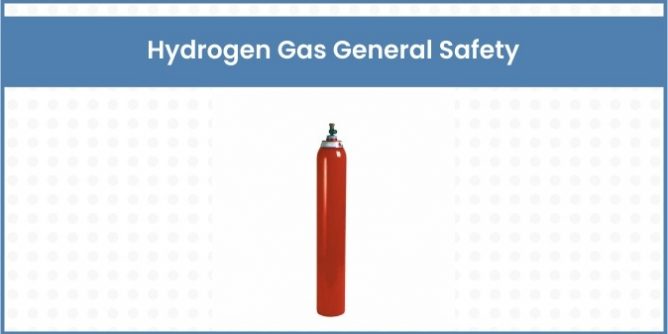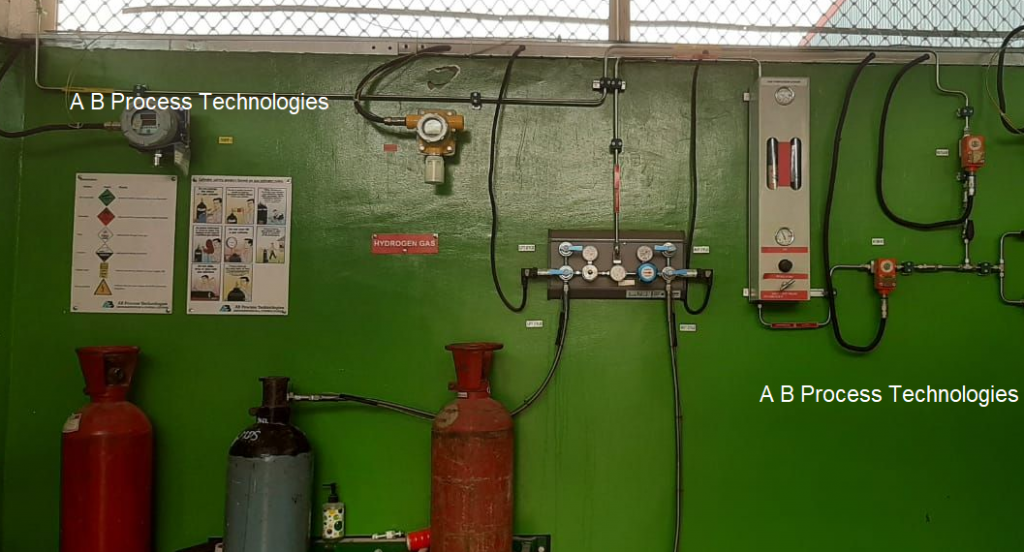
The information presented in this blog is intended to provide general guidance regarding the transportation, handling & hazards associated with Hydrogen gas. For detailed information relevant government rules, industry regulations, safety standards related to hydrogen should be strictly followed.
Hydrogen is a colorless, odorless, tasteless, flammable nontoxic gas which is flammable over a wide range of concentrations. Some of the unique hydrogen properties that contribute to potential hazards (flammability and explosively) are:
• Hydrogen is combustible over a wide range of concentrations. At atmospheric pressure, hydrogen is combustible at concentrations from 4% to 74.2% by volume.
• Hydrogen has very low ignition energy.
• Hydrogen burns with a non luminous flame which can be invisible under bright light.
• Due to its small molecular size, Hydrogen can easily pass through porous materials and has the ability to be absorbed by some containment materials. This can eventually result in loss of ductility or embrittlement (this reduces performance of some containment and piping materials such as carbon steel). Loss of ductility/embrittlement is accelerated at elevated temperatures.

( Pic- A B process technologies designed & executed hydrogen gas system )
General Precautions When Handling Hydrogen Gas
• Always use regulators that have been designed to be used with hydrogen. Never attempt to repair a regulator or force connections that do not readily fit together. Avoid cracking hydrogen cylinder valves to remove dust or dirt from fittings as this practice (though acceptable for other gases) could result to self-ignition.
• Hydrogen gas cylinders must be secured in an upright position to avoid being knocked over.
• Use leak-checking equipment to periodically check for hydrogen leaks, eliminate from your lab as many ignition sources as possible (e.g. open flames, devices that can spark, sources of static electricity) during manipulation of hydrogen gas.
• Before moving hydrogen gas cylinders from their secured location, replace regulators with protective valve caps. Never roll, drop or lift cylinders by their protective caps.
• Hydrogen gas cylinders must be separated from oxidizing gases during storage and use by a distance of at least 20 ft. Protect cylinders against heat and direct sunlight.
• Hydrogen can leak from apertures through which other gases cannot pass due to its small molecular size. Always ensure that there is adequate ventilation to handle the largest anticipated hydrogen leaks or spills. Ventilation with large quantities of air will dilute small hydrogen leaks to below the lower flammable limit of 4% in air. Use of flammable gas detection alarm systems is recommended, place alarms in close vicinity to areas of anticipated leakage. Alarms will be triggered if a specified concentration of Hydrogen gas is exceeded providing early warning for possible leaks. Ensure that alarms / flammable gas detection systems are calibrated regularly as per manufacturer’s recommendations. A flammable gas detector alarm system does not prevent leaks from occurring or indicate what actions to take, lab personnel must be trained by the certified safety inspectors on safe work practices and proper emergence response actions.
Get in touch with AB process technologies experts if you have requirement of project, system involving hydrogen gas handling, distribution & regulation- like automatic high pressure, PESO approval, Hazop study methodology flawless & safe design with safety features on turnkey basis.
